The Hermès Arceau Millefiori introduced at Baselworld 2014 represents a few hundred years of expertise that comes from an entirely unexpected place – unexpected in watch world terms that is.
The expertise comes from a little-known location in the Alsace-Lorraine region in the northeast of France called Pays de Bitche, which is home to the country’s finest crystal makers.
Brands of world renown like Lalique and Baccarat are found here. As is the oldest of the bunch, Cristalleries de Saint-Louis, whose founding is thought to date back as far as 1586.
Louis XV bestowed the prestigious name Verrerie Royale de Saint-Louis upon this traditional glassmaker in 1767, gifting the brand the title of the glassmaker to the king.
When crystal replaced glass as the tableware of choice many years later, it was renamed Cristallerie Royale de Saint-Louis.
Crystal mainly differs from glass in the addition of up to 40 percent lead (in the form of lead oxide) to the silica glass recipe, which makes it much clearer and more desirable due to its decorative properties. The lead also lowers the metaling point of the glass, making it easier to sculpt into finer and more ornate shapes.
Note: Modern crystal drinking glasses now use other oxides rather than lead, though Cristalleries de Saint-Louis keeps its precise recipe a secret.
Like almost all artisanal products of very high quality, this traditional manufacturer experienced a great deal of adversity in the face of prevalent mass-production processes in the 1980s, and would have closed its doors had it not been for Hermès. In 1995, the French icon expanded its product repertoire by taking over 100 percent of what was by then called Cristalleries de Saint-Louis.
Paperweights
You’re probably at least subconsciously familiar with the Millefiori technique, and have perhaps even seen the famous paperweights. I know I have, whether I’d registered them consciously as such or not.
The word Millefiori comes from Italian and means “a thousand flowers” (mille = thousand; fiori = flowers). It is a technique that was invented before 1849, though that was the year the word first appeared in the Oxford English Dictionary.
While Millefiori is now often associated with Venetian glass and modeling clays such as Fimo, there are few other glassmakers still utilizing the technique, and only a single crystal maker: Cristalleries de Saint-Louis.
The Saint-Louis paperweights, in fact, remain modern-day items to be treasured. The traditional crystal-maker even puts so much emphasis on this object that the small workshop comprising four ultra-talented artisans making delicate little glass sculptures is still called the “paperweight department” to this day, even though they make many, many more objets d’art than paperweights.
Capturing a thousand little flowers
Any tour taken to discover this almost lost art at Cristalleries de Saint-Louis begins with Xavier Zimmermann and his colleagues of the paperweight department, who show us how a “cane” is made. The cane is the first element needed to start creating the thousand little flowers that are captured in a crystal globe.
What the artisans call a cane is actually a crystal rod that only reveals its multicolored pattern on the inside when its ends are cut.
The cut canes – which the artisans semi-jokingly call “bonbons” – are assembled on a small cast iron disk. They are then covered with a layer of molten crystal in a process called empaquetage.
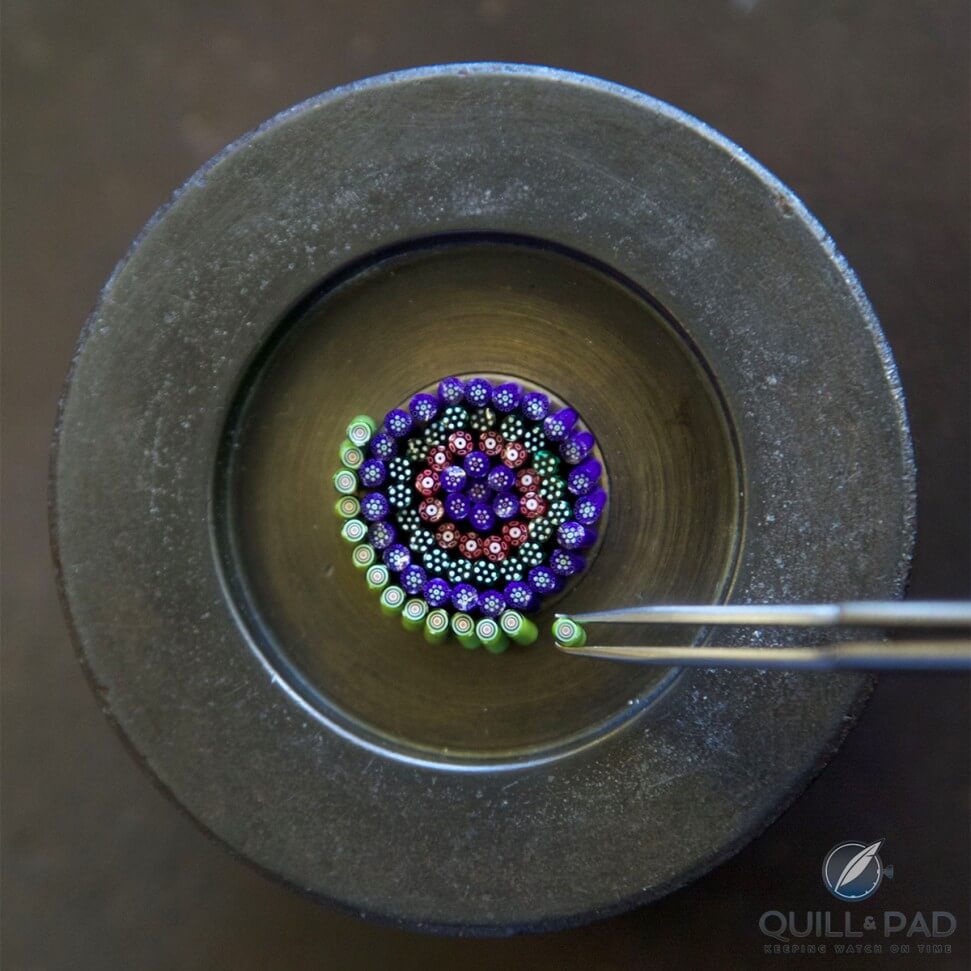
Arranging “bonbons” (cut lengths of cane) to create Millefiori crystal (photo courtesy Alfredo Piola/Hermès)
Thus molded together, they are carefully, skillfully, repeatedly heated in a furnace and shaped until the artisan feels that the glass mass is just right.
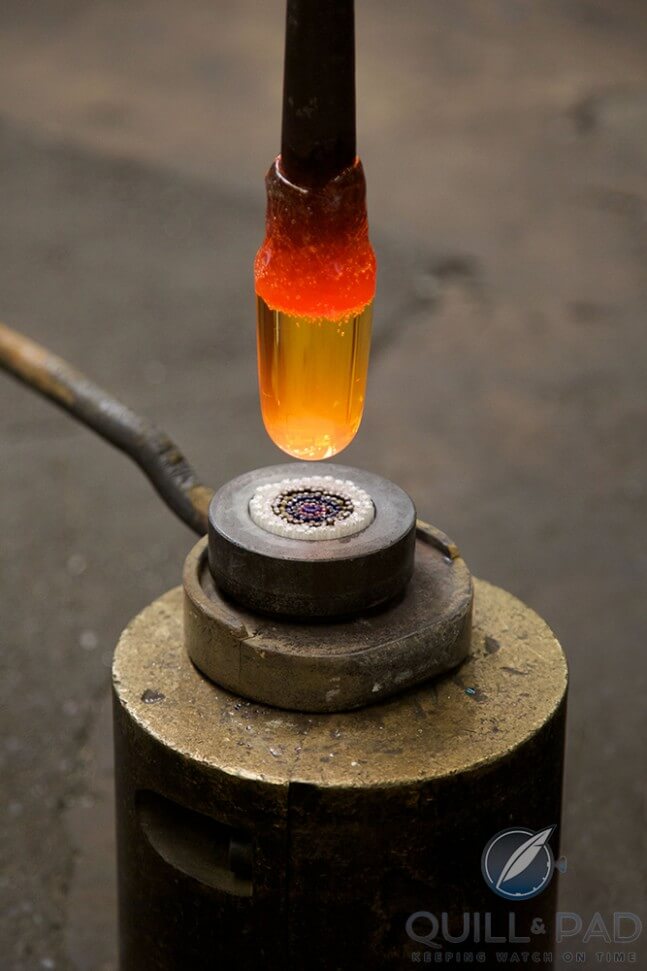
Adding molten crystal (a process called ’empaquetage’) to the “bonbons” to make Millefiori crystal (photo courtesy Alfredo Piola/Hermès)
The answer elicited from the question regarding temperature in the furnace surprised me. “No particular temperature,” said Zimmermann, who is wholly bilingual (French/German) in accord with Alsatian history. “It just takes a lot of instinctive feeling.”
I can tell you after having spent the day in the factory that it is hot, very hot, inside. I estimate the general temperature to have been in the neighborhood of 45°C. The searing furnaces – which were still fed with coal up to the 1980s – placed throughout the cavernous factory building made standing and watching the crystal being made a strategic process in temperature control.
Molten crystal
To make a paperweight, the artisan continues adding generous layers of molten crystal to ultimately form a globe. To make a dial for the Arceau Millefiori watch, not quite as much crystal material is added to the molten mass of bonbons. What comes out in the end is more of a mini paperweight.
When the artisans are happy with the outcome, the completed mini paperweights are then shipped off to a gem-cutting specialist in Germany for precision cutting to 0.6 mm height.
While all of this sounds easy enough (emphasis on “sounds”), one must remember that this is a highly artisanal process. And as such, much of the crystal produced must be discarded due to imperfections such as bubbles in the finished product. This is normal, and Zimmermann relates that up to 50 percent of the pieces produced will not live up to the standards of an item sold by Cristalleries de Saint-Louis.
This makes the pieces that are accepted after having gone through the entire hand-produced process that much rarer and more valuable.
If the video above doesn’t play, please click Behind The Making of Hermès Crystal Dials by TheWATCHEStv.
For more information on the history and art of crystal-making, please visit www.saint-louis.com.





















































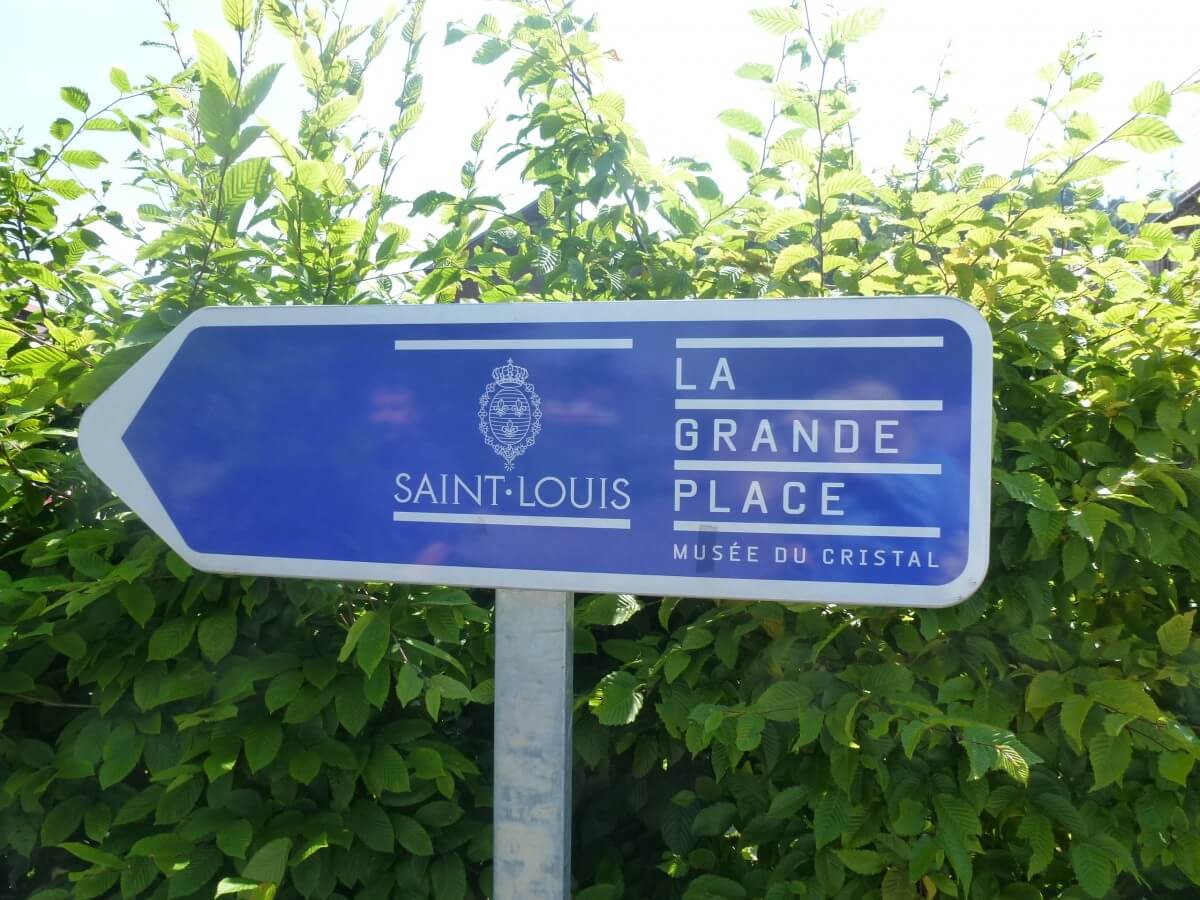
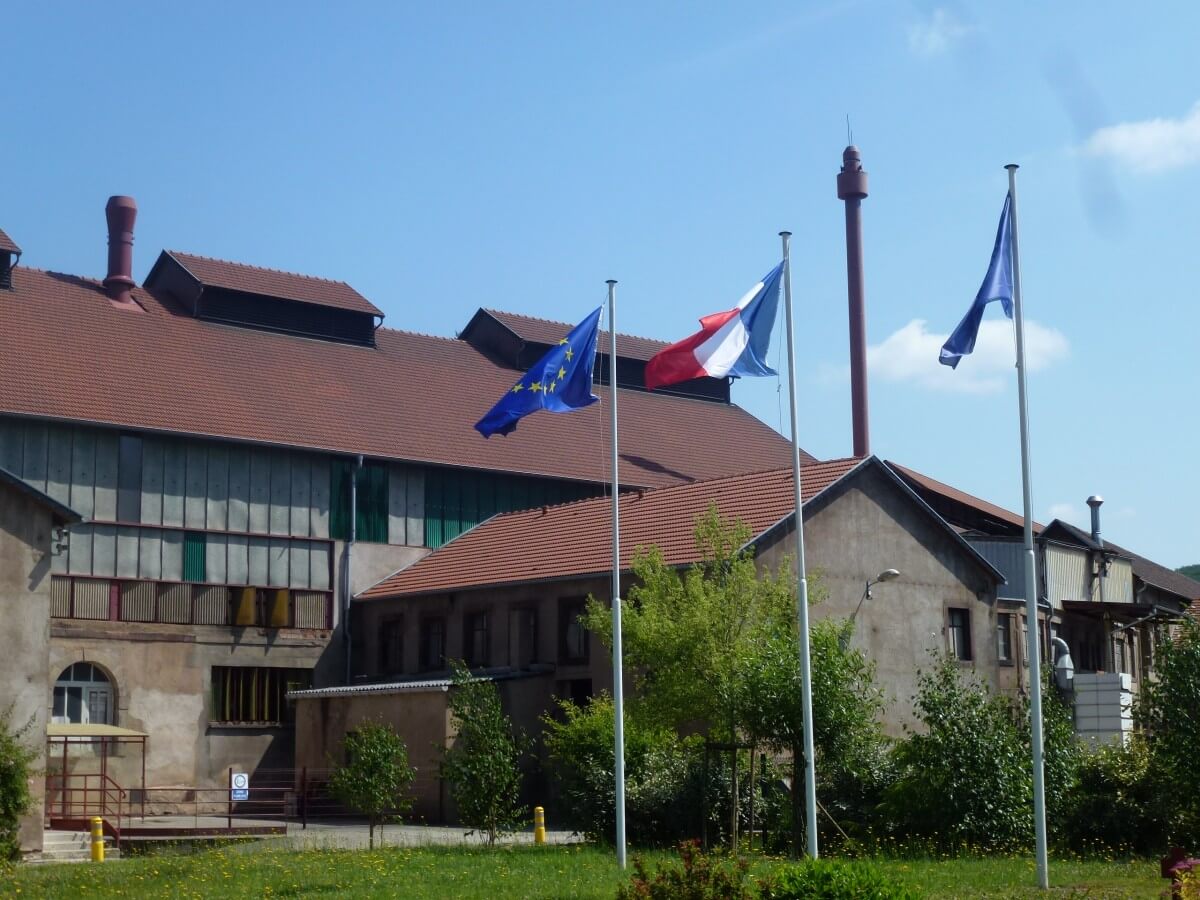
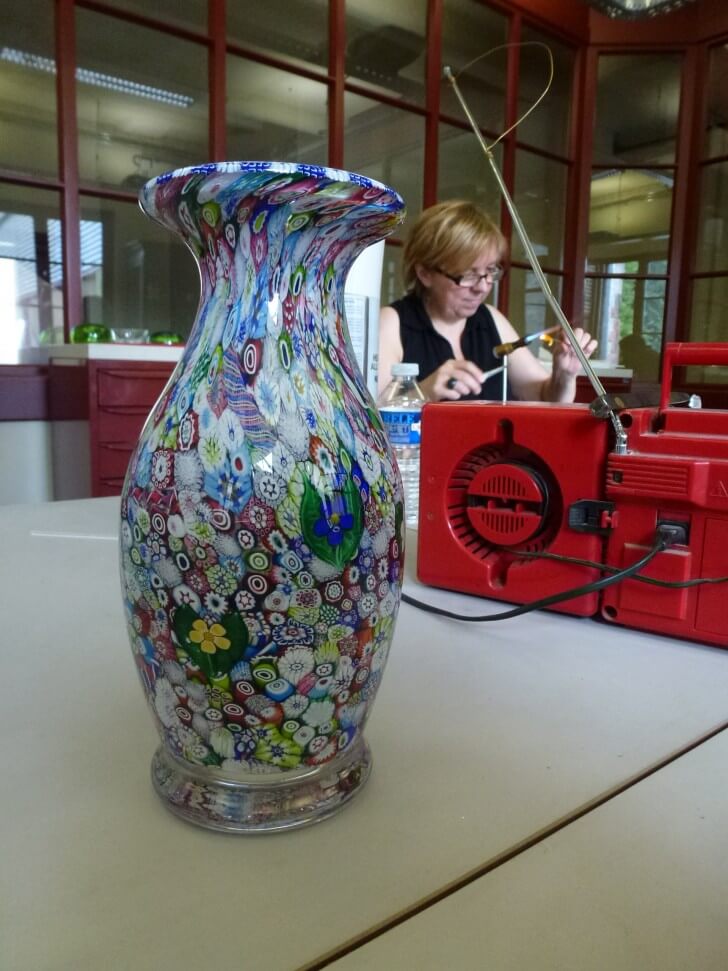
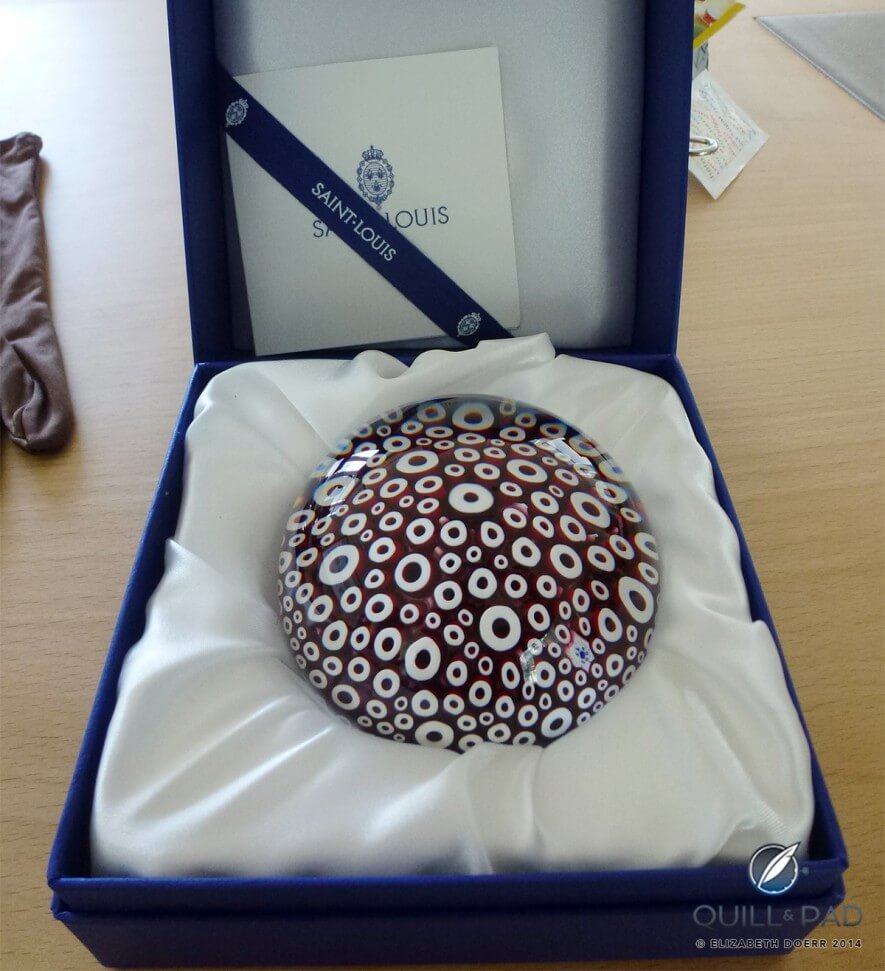
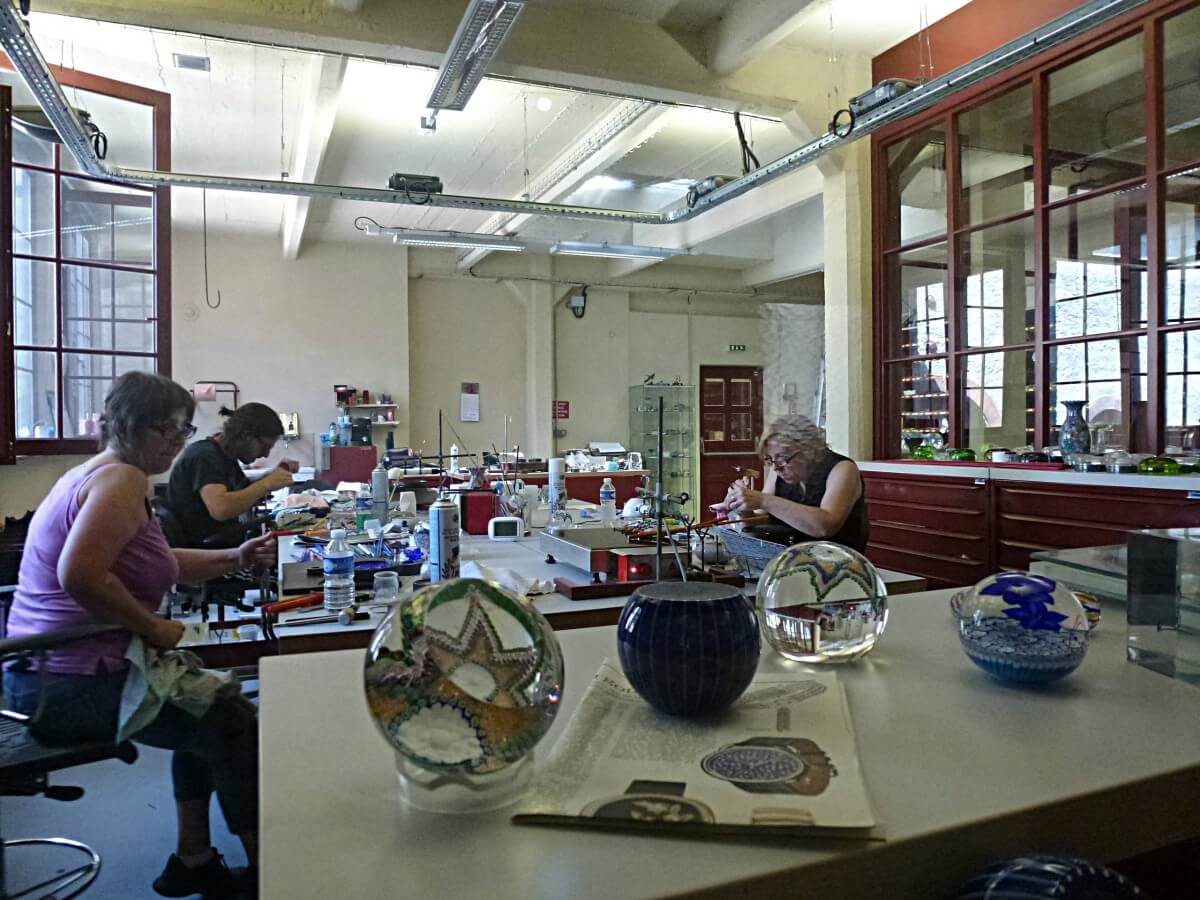
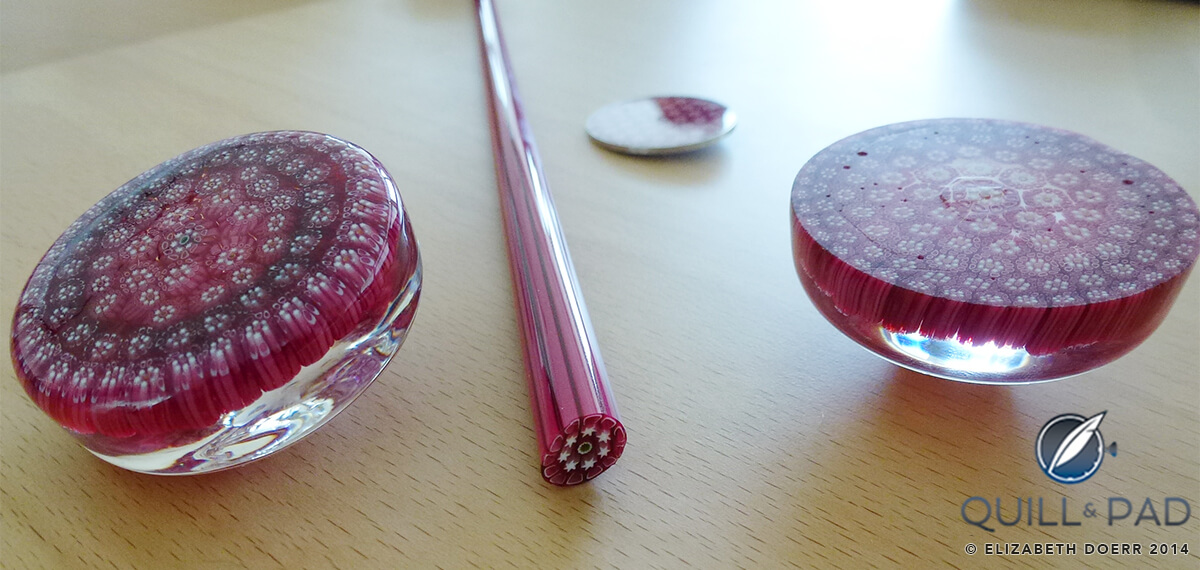
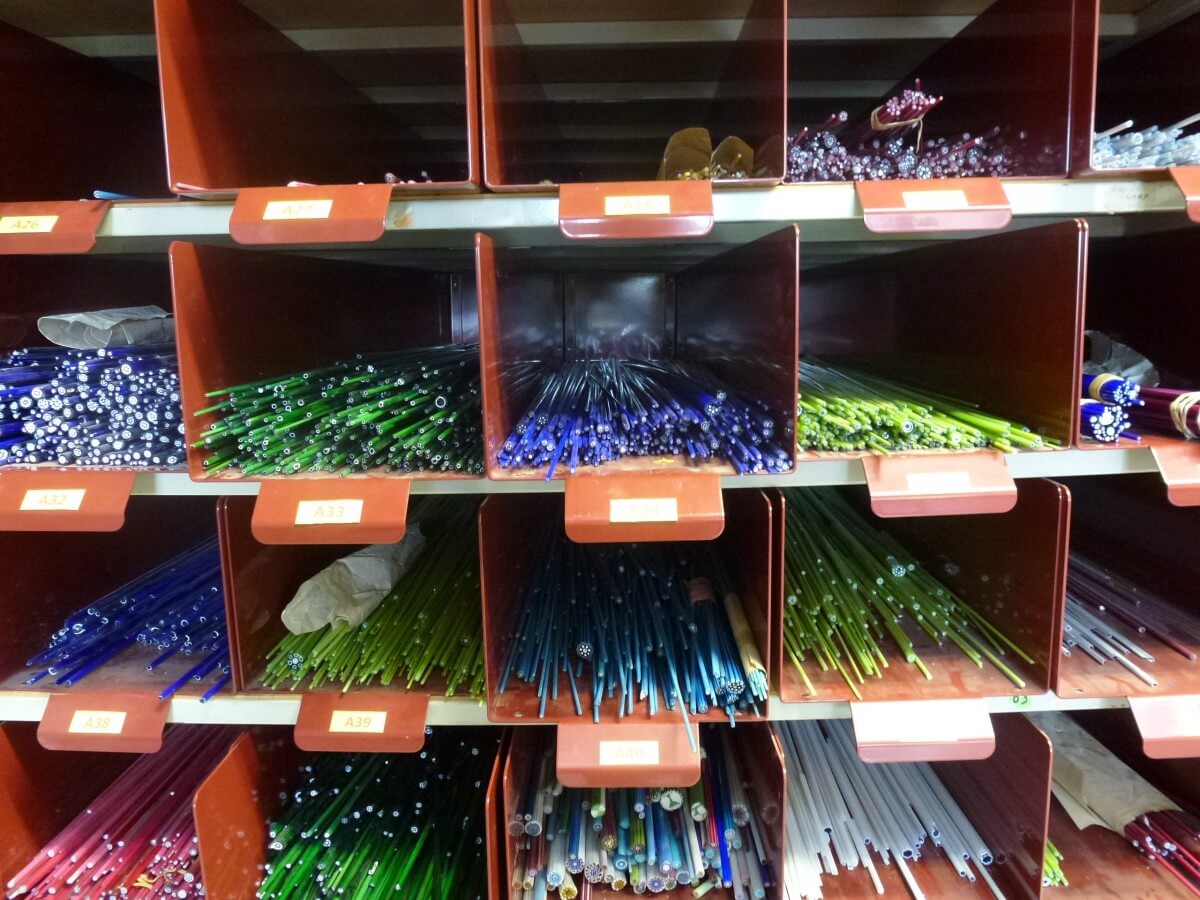
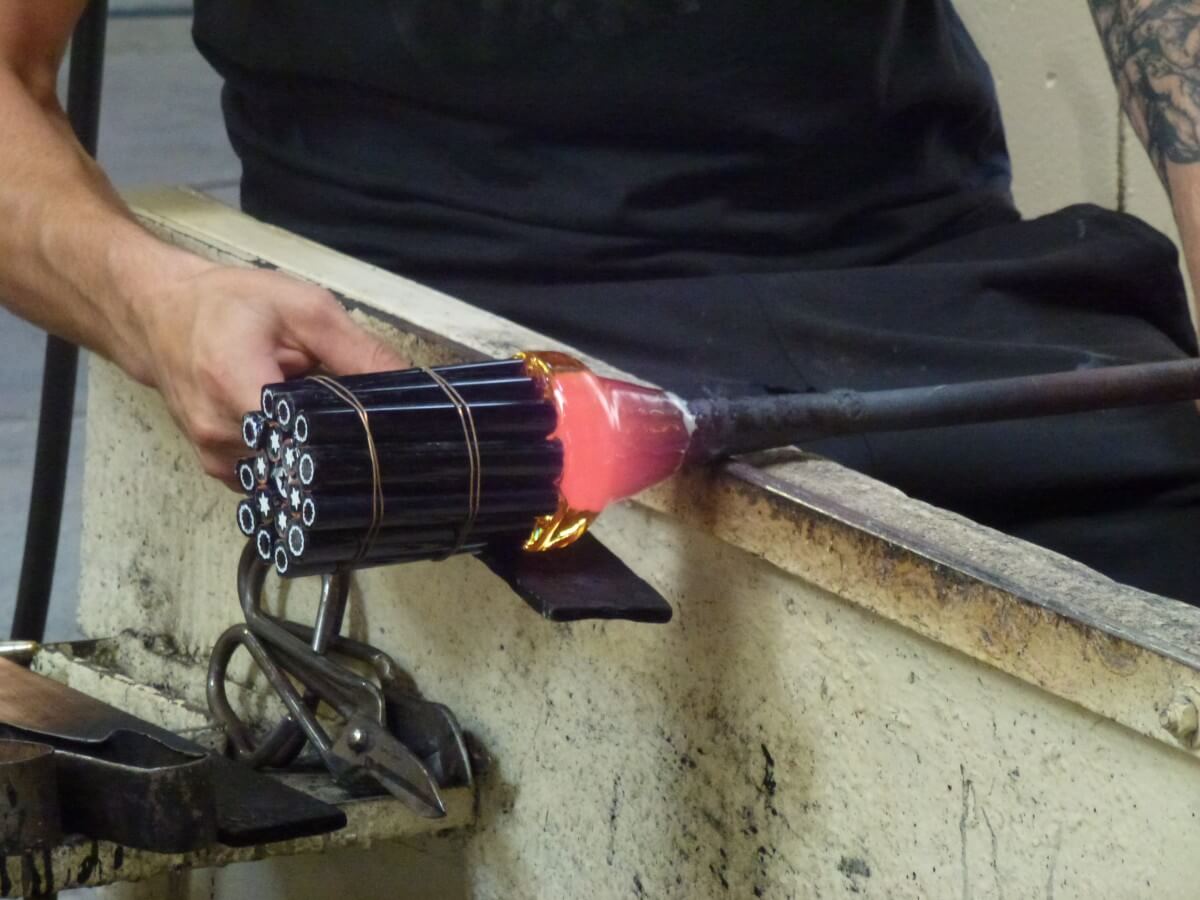
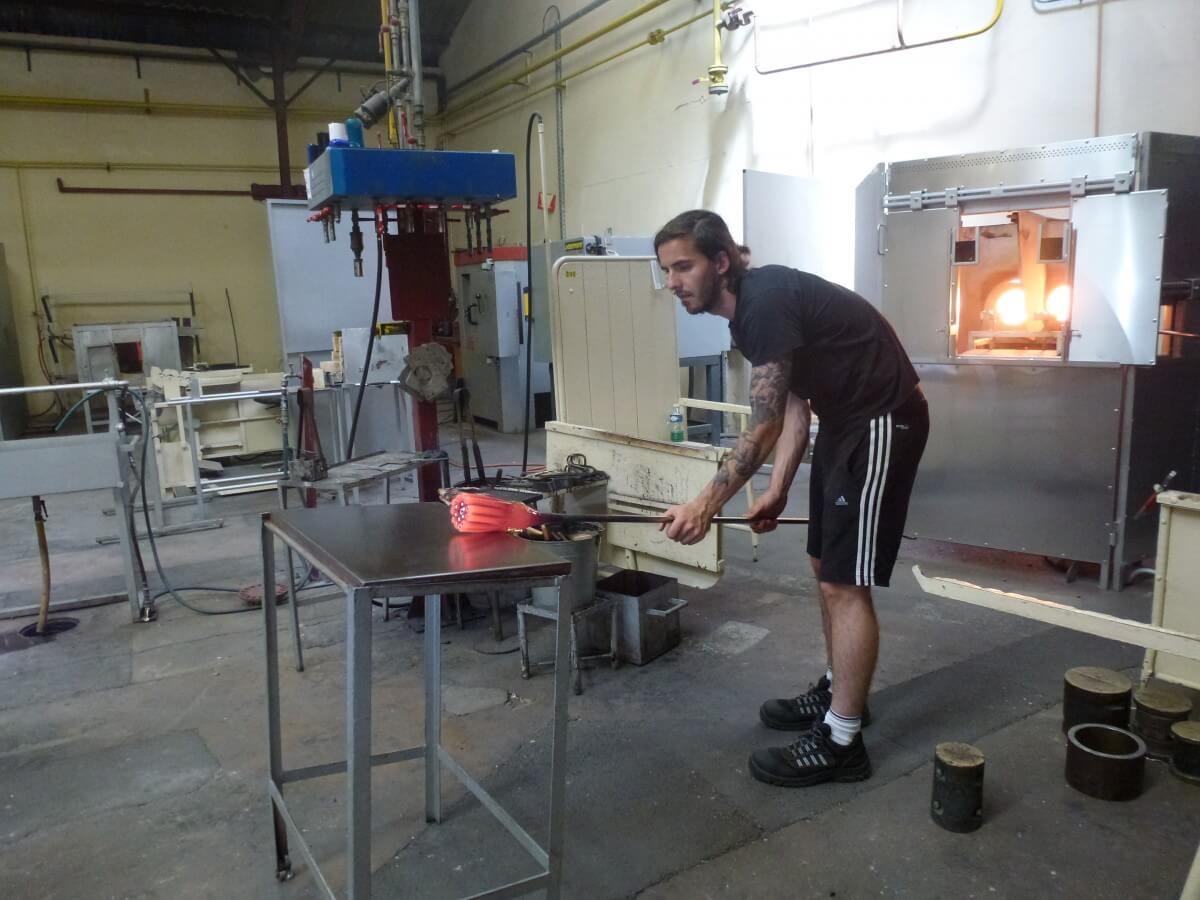
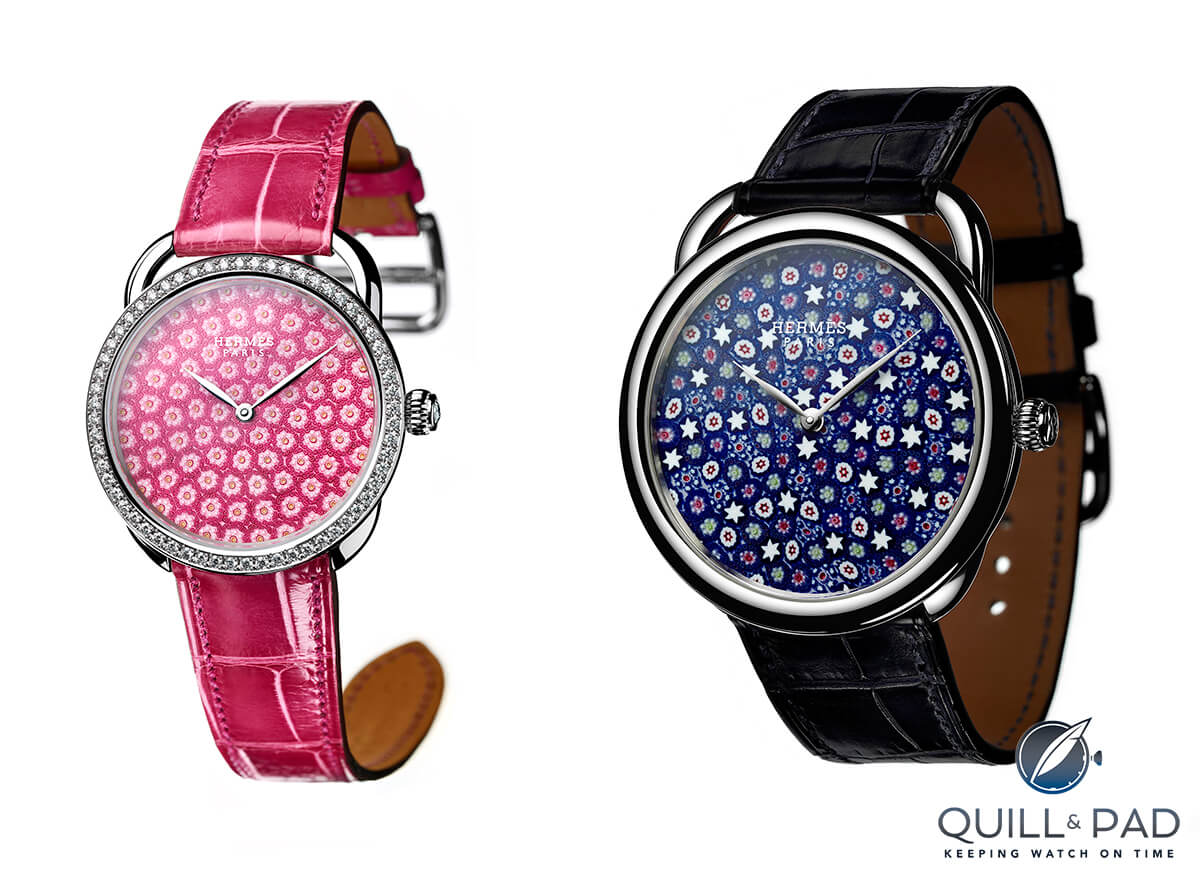
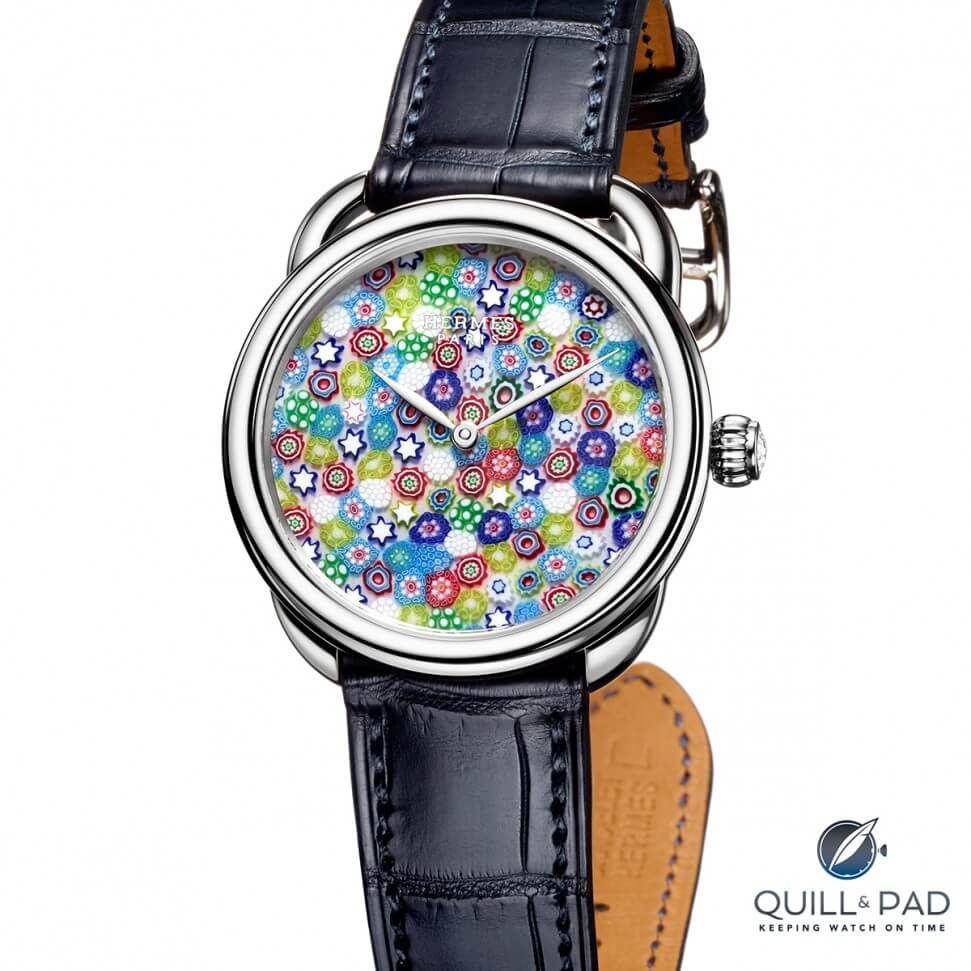
Trackbacks & Pingbacks
[…] two artisans stretch the wire to its full length (reminding me somewhat of a process I witnessed at Hermès’s crystal subsidiary, Cristallerie Royale de Saint-Louis in which molten glass is stretched out by two artisans to make crystal canes), before doubling it […]
[…] see examples of each, go to How Hermès Transforms Crystal Into The Colorful Dial Of The Arceau Millefiori Watch (crystal making), Roaring Into Life At Full Gallop: Hermès Arceau Tigre Email Ombrant (enameling), […]
[…] The porcelain Hermès uses for the dial is French and originates in the workshops of three-century-old Manufacture National de Sèvres, formerly the royal porcelain factory of France. (For more on another unique use of a traditional royal French table wear manufacturer, see How Hermès Transforms Crystal Into The Colorful Dial Of The Arceau Millefiori Watch.) […]
[…] Ludovic Ballouard Upside Down.) 3. Konstantin Chaykin Carpe Diem 4. Hermès Arceau Millefiori (See How Hermès Transforms Crystal Into The Colorful Dial Of The Arceau Millefiori Watch.) 5. Corum Golden Bridge Dragon 6. Christophe Claret […]
[…] Were Made . . . For Women for more on how the first watch on a leather strap came into existence. How Hermès Transforms Crystal Into The Colorful Dial Of The Arceau Millefiori Watch Hermès Presents Seriously Playful Springtime Watches At Baselworld 2014 Hermès Puts Pen To Paper […]
[…] For more, please see Roundup of SalonQP 2014: London’s Premier Watch Exhibition and How Hermès Transforms Crystal Into The Colorful Dial Of The Arceau Millefiori Watch. […]
[…] I cannot say that any of the pieces do not deserve tremendous praise for what they have accomplished. But when it comes down to it, the story behind the Millefiori dials is simply too intriguing to pass over, see How […]
[…] crystal globes are sliced by a specialist company in Idar-Oberstein for use as a dial. See How Hermès Transforms Crystal Into The Colorful Dial Of The Arceau Millefiori Watch for more information on […]
[…] more information, please visit http://www.jaeger-lecoultre.com and read How Hermès Transforms Crystal Into The Colorful Dial Of The Arceau Millefiori Watch as well as Hermès, Jaeger-LeCoultre and Saint-Louis Create Spectacular Atmos […]
Leave a Reply
Want to join the discussion?Feel free to contribute!